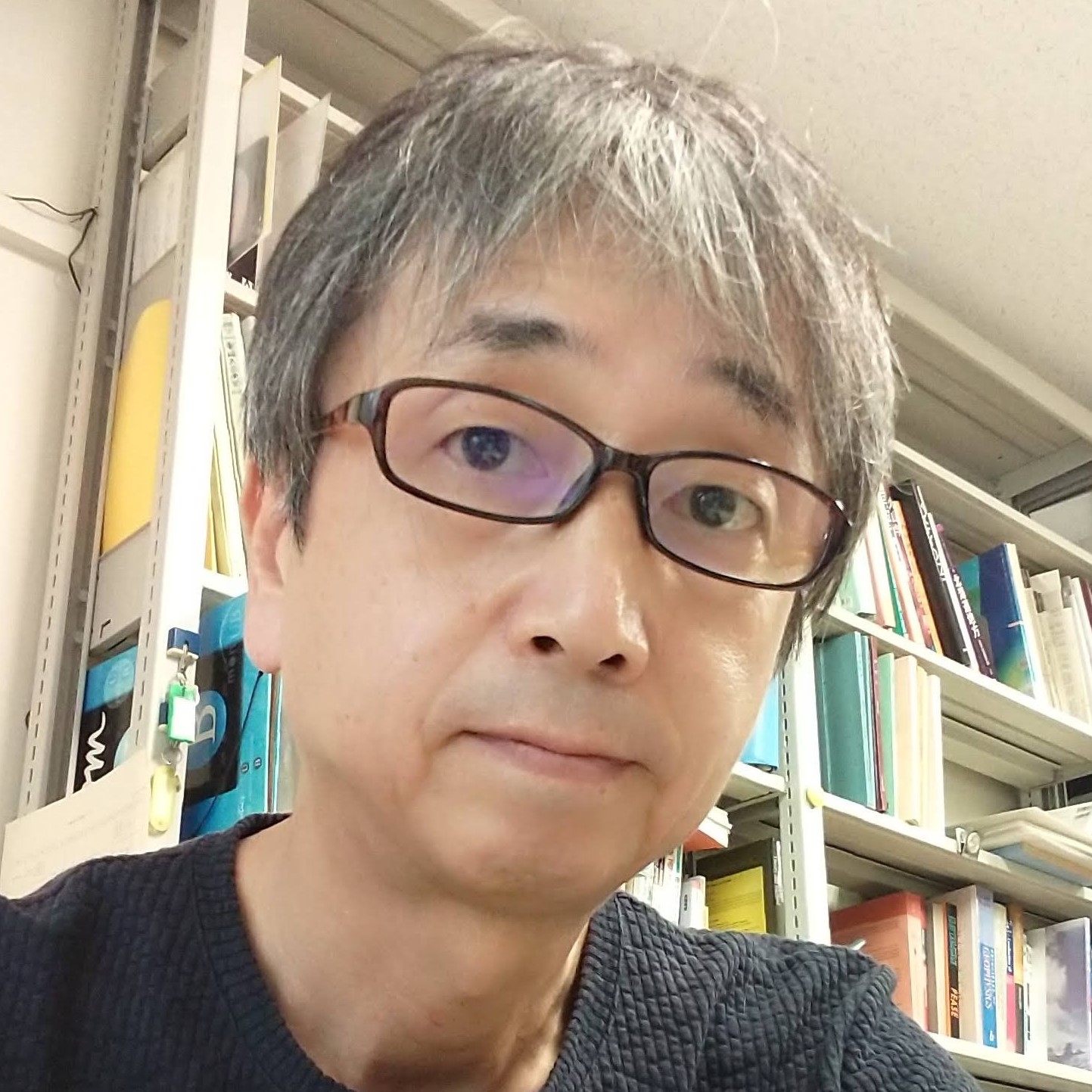HASHIMOTO Takeshi
Professor
Subsurface imaging by the electromagnetic waves
Institute of Seismology and Volcanology, Subsurface Structure

| Theme | Studies on the subsurface structure in seismic regions and volcanoes |
| Field | Volcanology, Geomagnetism and Geoelectricity |
| Keyword | Volcano, Earthquakes, Geomagnetic observation, Electromagnetic survey, Eruption forecasting |
Introduction of Research
For us, human being, underground is invisible, even it is 1cm below the ground surface. In contrast, we can see the galaxies of thousands of lightyears away. This is because human eyes only sense the waveband of visible light. However, we can "see" the subsurface by means of the electromagnetic (EM) waves that have longer wavelengths than the visible light. One of the important research subjects of the Institute of Seismology and Volcanology is to elucidate the subsurface structure beneath Hokkaido, where plates are converging, and seismic and volcanic activities are high. Earthquakes do not occur uniformly on the Earth. Such localized distribution of earthquakes may be arisen from the subsurface inhomogeneity, as well as the mechanical force relevant. For instance, the 2018 Eastern Iburi Earthquake took place in the SE side of the active fault system (Ishikari Toen Fault Zone) that is located at the eastern edge of the Ishikari Lowland. Based on the EM survey, which was performed by the ISV in the past (C1 in Fig. 1), a deep part of the active fault system exhibited markedly low resistivity. Such knowledge on the subsurface structure may help us point out potentially hazardous areas due to seismicity in the future, although the mechanism of such inhomogeneity is not yet fully understood.

Representative Achievements

Related industries
| Academic degree | Dr. Science |
| Self Introduction | It is probably true in all research fields that you should closely and sincerely look at your data. In my personal opinion, it is also essential in geosciences to sense the object itself with your own eyes, ears, nose, tongue, skin, and mind. This action reminds you that any instrumental data is imperfect just in the same way as your physical perceptions are. At the same time, physical observation, in the literal meaning, can give you a joy of mindfulness. Many years ago, when I was a student, I was watching an erupting volcano from the crater edge. Then I felt myself as if I was evaporating into the surroundings from my skin. |
| Academic background | 1991 Graduated. Faculty of Science, Kyoto University 1993 Master course finished. Graduate School of Science, Kyoto University 1996 Doctoral course finished. Graduate School of Science, Kyoto University 1996-2003 Assistant Prof., Kyoto University 2003-2015 Associate Prof., Hokkaido University 2015-Present Professor, Hokkaido University |
| Affiliated academic society | The Volcanological Society of Japan |
| Project | Integrated Program for Next Generation Volcano Research and Human Resource Development Earthquake and Volcano Hazards Observation and Research Program. |
| Room address | Faculty of Science Building 4 4-313 |






